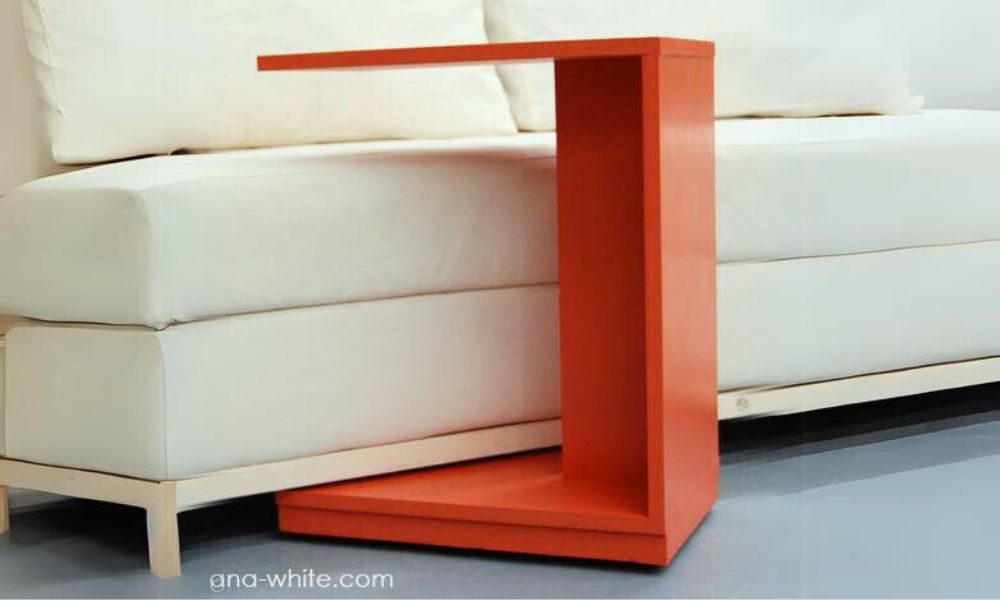
This simple little C table makes a modern nightstand or a quick snack table. Rolls under the couch to put a laptop in your lap.
This is a free project plan to build your own C table with step by step diagrams, shopping and cut list from Ana-White.com
Dimensions
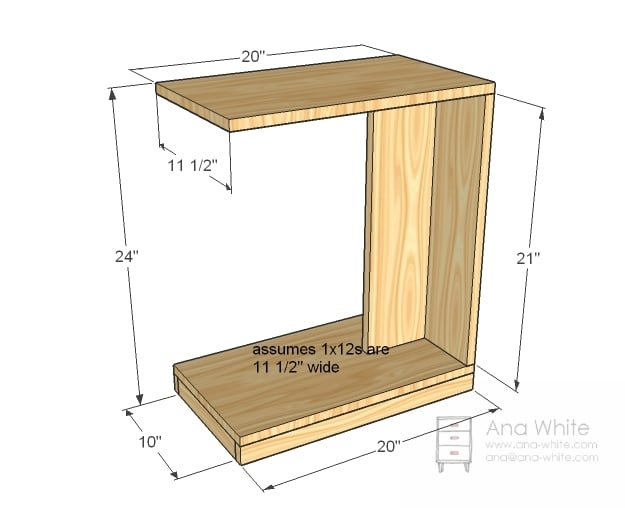
Dimensions shown above.
Preparation
Shopping List
- 1 – 1×12, 6 feet long
- 1 – 1×6, 2 feet long
- 1 – 1×2, 6 feet long
- 4 – 1 1/2″ caster wheels (wheel diameter is 1 1/2″)
- 2″ wood screws OR 1 1/4″ pocket hole screws for pocket holes
- wood glue
- paint and primer
- 120 grit sandpaper
- wood filler
Cut List
- 2 – 1×12 @ 20″ (Top and Bottom)
- 1 – 1×12 @ 21″ (Back)
- 1 – 1×6 @ 21″ (Center)
- 2 – 1×2 @ 20″ (Side Footer)
- 2 – 1×2 @ 10″ (End Footer)
Instructions
Step 1
Step 2
Step 3
Step 4
Finishing Instructions
Finish Used
I finished my table by applying a coat of wood filler (been using Elmer’s with great success). Let that dry completely, then went over it with another coat. I also filled any imperfections, as I wanted a super smooth look. Then I sanded with 120 grit sandpaper, paying special attention to the edges. Very important to clean your work space with a vacuum and wipe clean your project to remove any sawdust. Then I primed and added two coats of oooops paint (Valspar premium satin). Done!


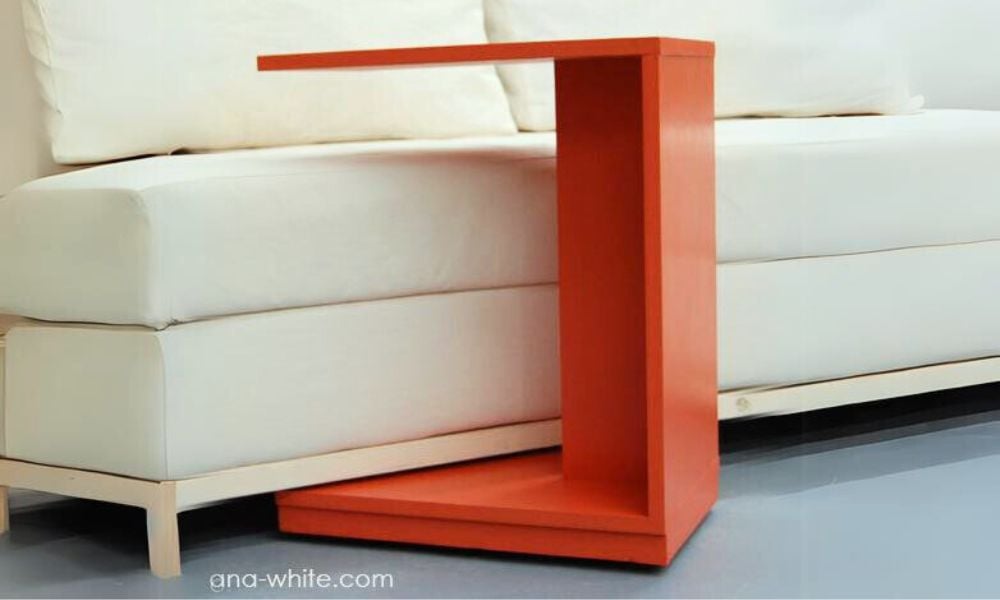










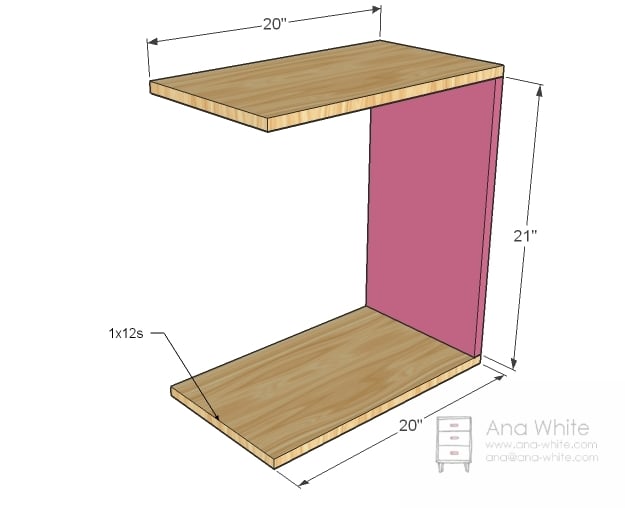
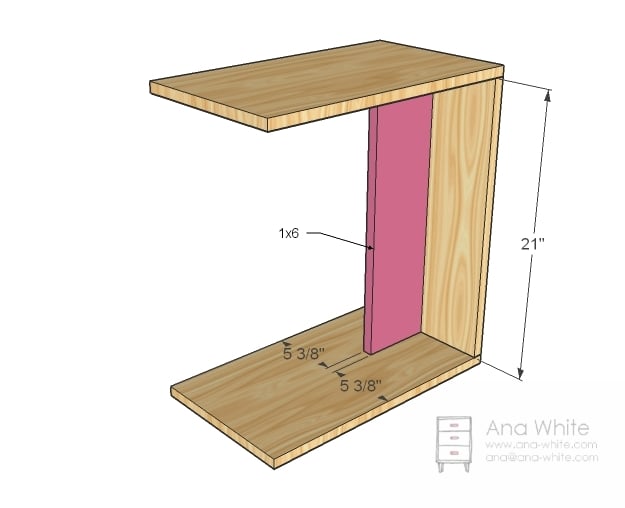
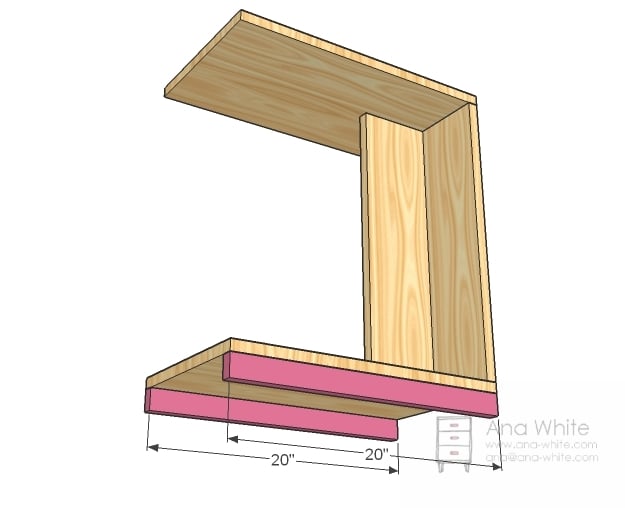

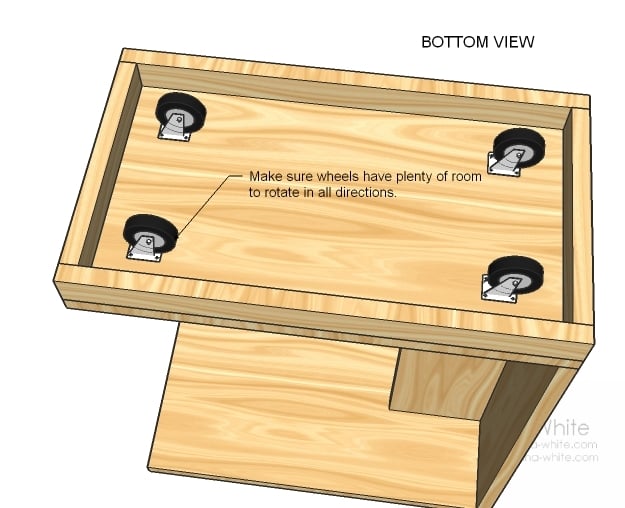
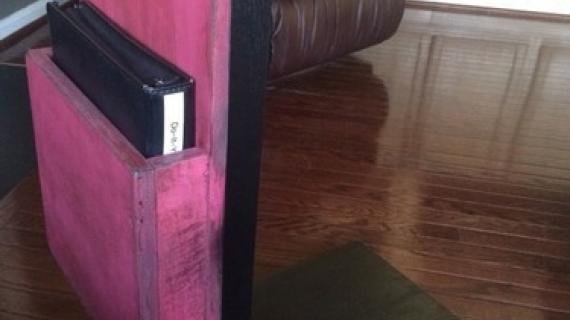
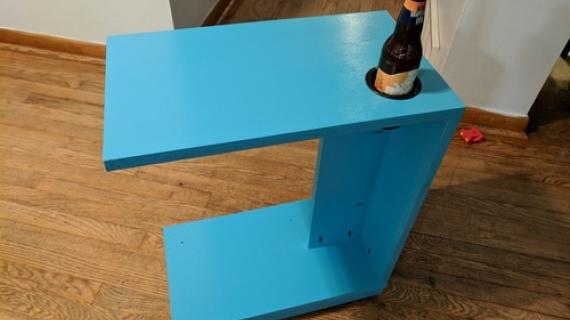

Comments
Jess carpenter
Sat, 06/04/2016 - 04:22
Okay so I dont know how to
Okay so I dont know how to edit these comments lol. But ment to type ... if I build the box with an in. of space on the outside of the center, I can put the X there.